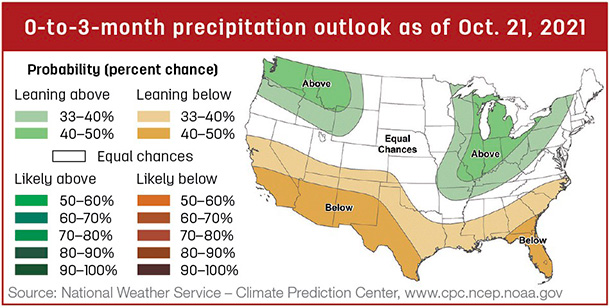Good financial records don’t have to be complicated but should be kept up to date and designed to allow for quick calculation of expenses and income whenever needed throughout the year. In addition to total expenses, it is valuable to have expenses categorized so totals for items like supplemental feed, fertilizer, etc., can be easily seen and compared to budget projections.
Several companies offer software packages for purchase that provide numerous features and options many folks have found beneficial. Additionally, many university extension groups provide free spreadsheets to help with these tasks. Example spreadsheets for annual cow cost budgeting and recordkeeping can be downloaded at beef.tamu.edu; click on Publications and then look under the Spreadsheet section.
 Production records are important so individual animal performance and herd production parameters can be evaluated and improved. In commercial operations, weaned calf crop percentage (number of females exposed to bulls divided by the number of calves weaned) is the most important herd production parameter affecting financial success. This only requires keeping track of how many heifers and cows were exposed to bulls during the breeding season and how many calves were weaned from those cows. Individual records don’t have to be complex; just recording if the cow weaned a calf for the year or if she had to be treated for any reason are valuable.
Production records are important so individual animal performance and herd production parameters can be evaluated and improved. In commercial operations, weaned calf crop percentage (number of females exposed to bulls divided by the number of calves weaned) is the most important herd production parameter affecting financial success. This only requires keeping track of how many heifers and cows were exposed to bulls during the breeding season and how many calves were weaned from those cows. Individual records don’t have to be complex; just recording if the cow weaned a calf for the year or if she had to be treated for any reason are valuable.
It is always important to evaluate potential purchases based on a cost-per-unit basis and the potential return on investment. This is especially important with inputs like fertilizer and supplemental feed. Although the cost of nitrogen fertilizer has gone up considerably, applying nitrogen to cool-season annual forages is still very cost-effective compared to many other supplement options.
Cutting back on supplemental feed might save money in the short run, but if it results in cows not being in adequate body condition to optimize pregnancy rates, it could cost even more in the long run because there are fewer calves to sell in the future.
Remember, informed decision-making starts with gathering good information and making sound decisions for both the short- and long-term success of the operation. ![]()
-
Jason Banta
- Associate Professor and Extension Beef Cattle Specialist
- Texas A&M University
- Email Jason Banta








